Introduction
How your brand is perceived in the eyes of the customer is critical when it comes to driving sales.
If you want to grow a business to generate millions of dollars in sales, you need to position your brand favorably.
For example, can you think of any brands out there that you wouldn’t ever buy from?
Think about why.
Maybe it’s because they aren’t “cool” enough or they aren’t trendy, or they have a certain demographic associated with them.
That all has to do with positioning.
Positioning is key when you’re trying to drive sales for your brand.
If people don’t resonate with your brand and your products, you won’t be able to convince them to buy from you.
So, what do you do? How can you impact positioning and display your brand favorably to the right audience?
By split testing your positioning with Facebook Ads.
Thankfully, Need/Want already laid down the blueprint for us on how to grow a $2.5 million brand.
In this article, we’ll take you step-by-step through Need/Want’s story: all about positioning, and how to build your own brand by split testing positioning with Facebook Ads.
What positioning is and how Need/Want positioned their brand with ads
Need/Want was founded in 2014 in St. Louis, Missouri by Marshall Haas and Jon Wheatley.
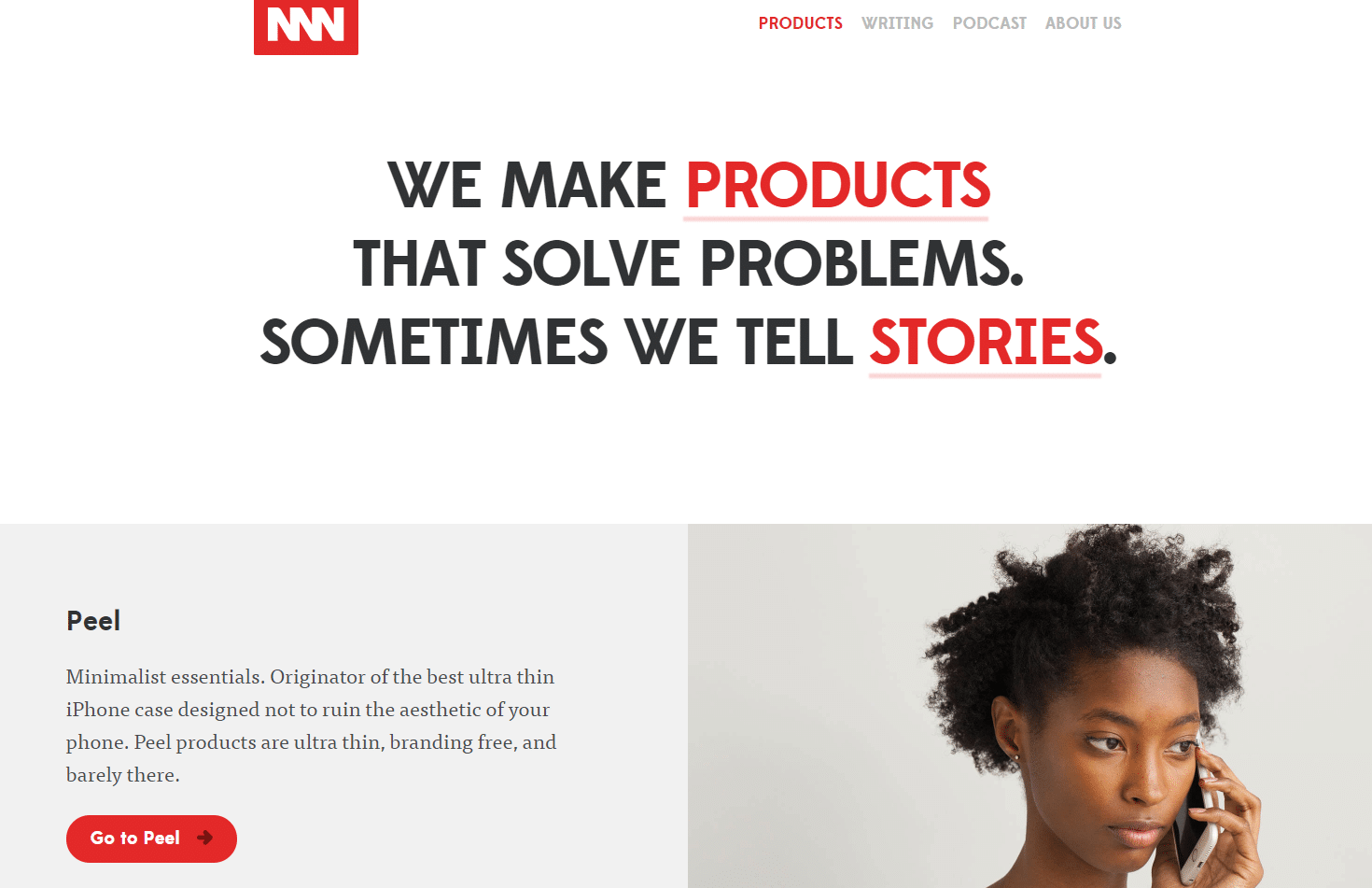
They’ve pioneered the sales of many popular products we see on the market today, like the Peel brand smartphone cases and buzzworthy emoji masks.
Marshall Haas, the CEO and Co-Founder of the business, started his career working in architecture and construction.
On the side, he dabbled in the entrepreneurial world with small projects like iPhone apps.
Before starting Need/Want, he ran a project management company focused on software and technology.
The company was acquired by MetaLab where he met his co-founder, John.
Soon after starting the company, Marshall implemented some of the things he had learned from both his architecture business and running a small project management company.
And the biggest takeaway he took to the new company was positioning.
He described it as explaining why your company is better, different, or the right company for the task at hand.
Simply put, what makes your company different? What problem does it solve, and what is the consumer image or label associated with it?
What is the perception of your brand?
Positioning is the foundation of building a brand. It points consumers in the right direction, giving off a certain perception that is often hard to change.
Marshall described positioning with the invention of the Peel smartphone case:
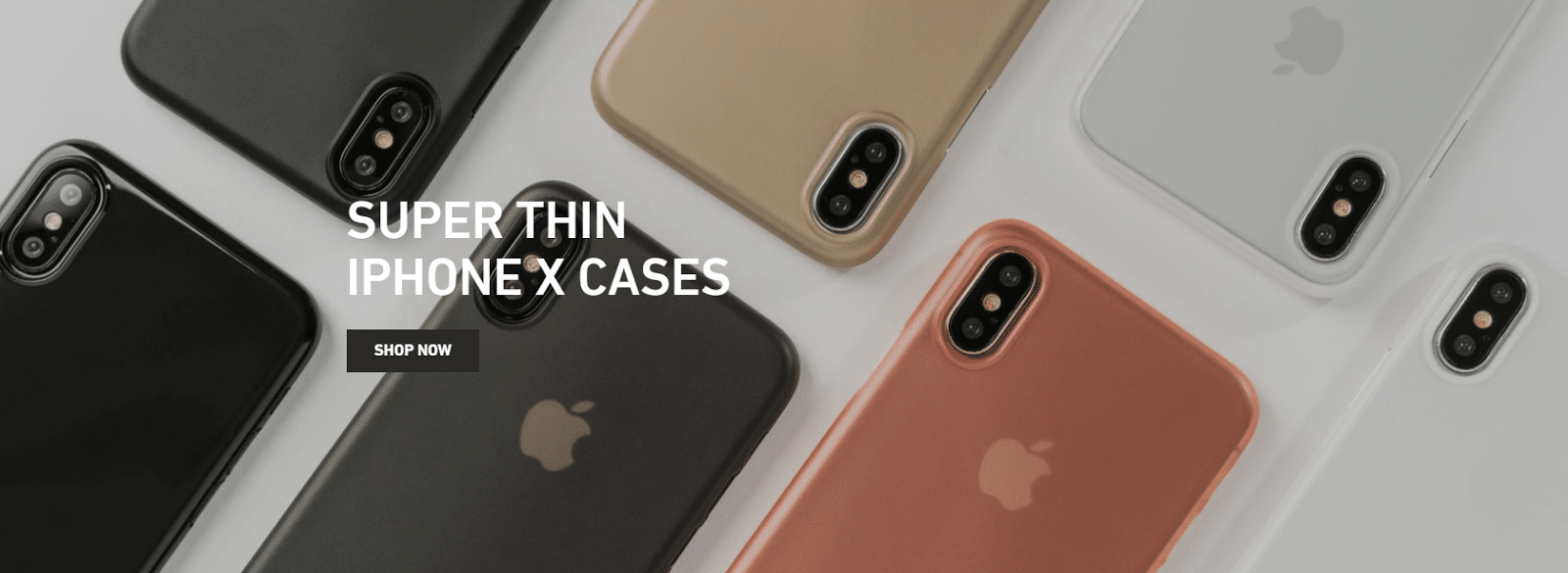


Their goal behind this product was to position themselves as the thinnest iPhone cases around that would not only protect your phone from scratches but would also keep the beauty of your phone on display.
Most cases on the market are meant entirely for drop protection, and they compromise the look of the phone.
Marshall realized that people want to see the phone they just paid upwards of $500 for. They want to bask in the beauty of it rather than cover it up.
But they also don’t want to sacrifice safety and protection.
Knowing this, Marshall wanted to position the case as the thinnest one out there that keeps your phone’s natural looks.
Just as OtterBox is positioned as the go-to case for protection, he wanted to position his case as the go-to for looks.



So, what actually is brand positioning? Is there a technical definition?
In fact, there is.
According to EquiBrand, positioning is defined as the conceptual place you want to own in a target market or consumers mind.
Essentially, it’s the first thought, image, or reference you want them to think of when they see or hear your brand.
For example, does your brand make them think, “high-end, elite products” or does it make them think “low-quality?”
The goal of positioning is to impact that consumer perception and use it to generate sales.
This concept of brand positioning ties back to the idea of finding your brand’s North Star Metric.
A North Star Metric is the single most important metric for a business that explains the ultimate end value you provide for a customer.
It answers this fundamental question:
How will the user’s life be improved by using this product or service?
The North Star Metric evolved in Silicon Valley to help companies find explosive brand growth.
Andrew Chen, a growth expert who has helped massive companies like Uber find previously unachievable growth, helped to pioneer this idea with his own systems of growth.
Andrew describes growth as a continual process that works to find your North Star Metric and then uses it to grow your brand in new ways.
Whereas new hacks and growth tips mostly focus on the small picture, your brand ethos is the real goal.
For example, a company like Airbnb might have their North Star Metric focused on nights booked as value given to their customers.
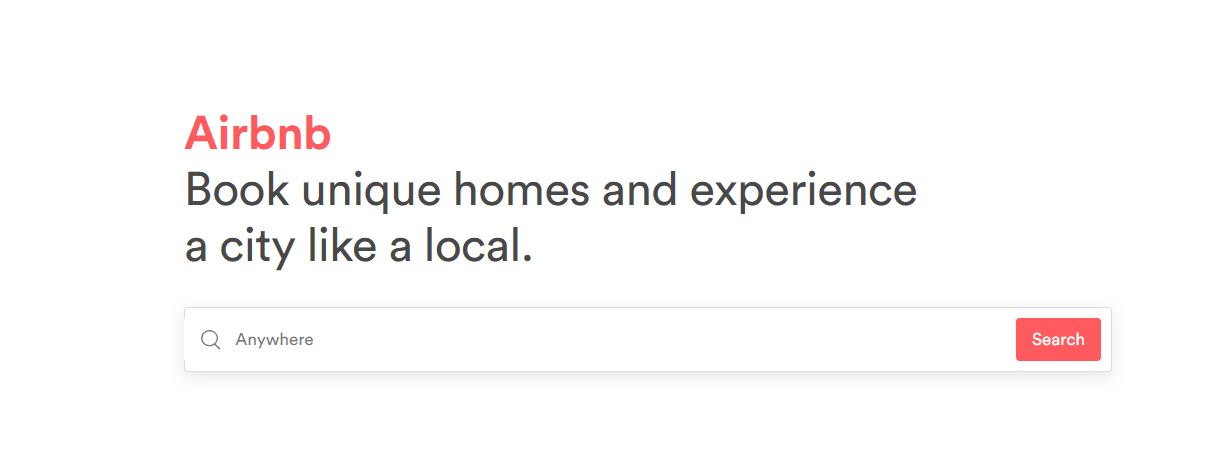


Their positioning clearly lies in the feeling and experience that you get with Airbnb rather than a hotel.
You get to experience the city like a local rather than a tourist.
Using the concepts of positioning, Need/Want was able to grow their brand to $2.5 million.
They started testing things like their taglines, headlines, and landing page descriptions to see what message was working.
For example, with their Peel case, the message was based on super thin cases that kept your phone looking stylish.
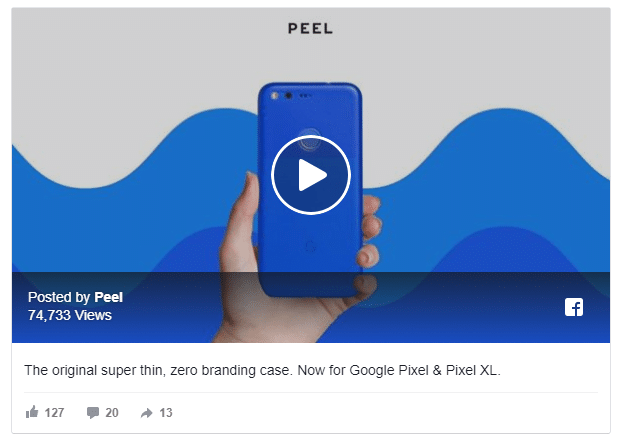


For their bedding-based product, they sold the positioning of “never make your bed again.”
They only spent $200 on Facebook Ads using the split-testing methodology to find out what positioning worked best.
David Ogilvy defined positioning as “what the product does and who it is for.” For this example, that’s spot on.
Need/Want needed to make it clear to their consumer base why their product was right for them and what space they occupied in such a crowded market.
Finding the right positioning is the cornerstone of your brand.
Ogilvy noted that positioning the Dove soap brand was one of his toughest tasks.
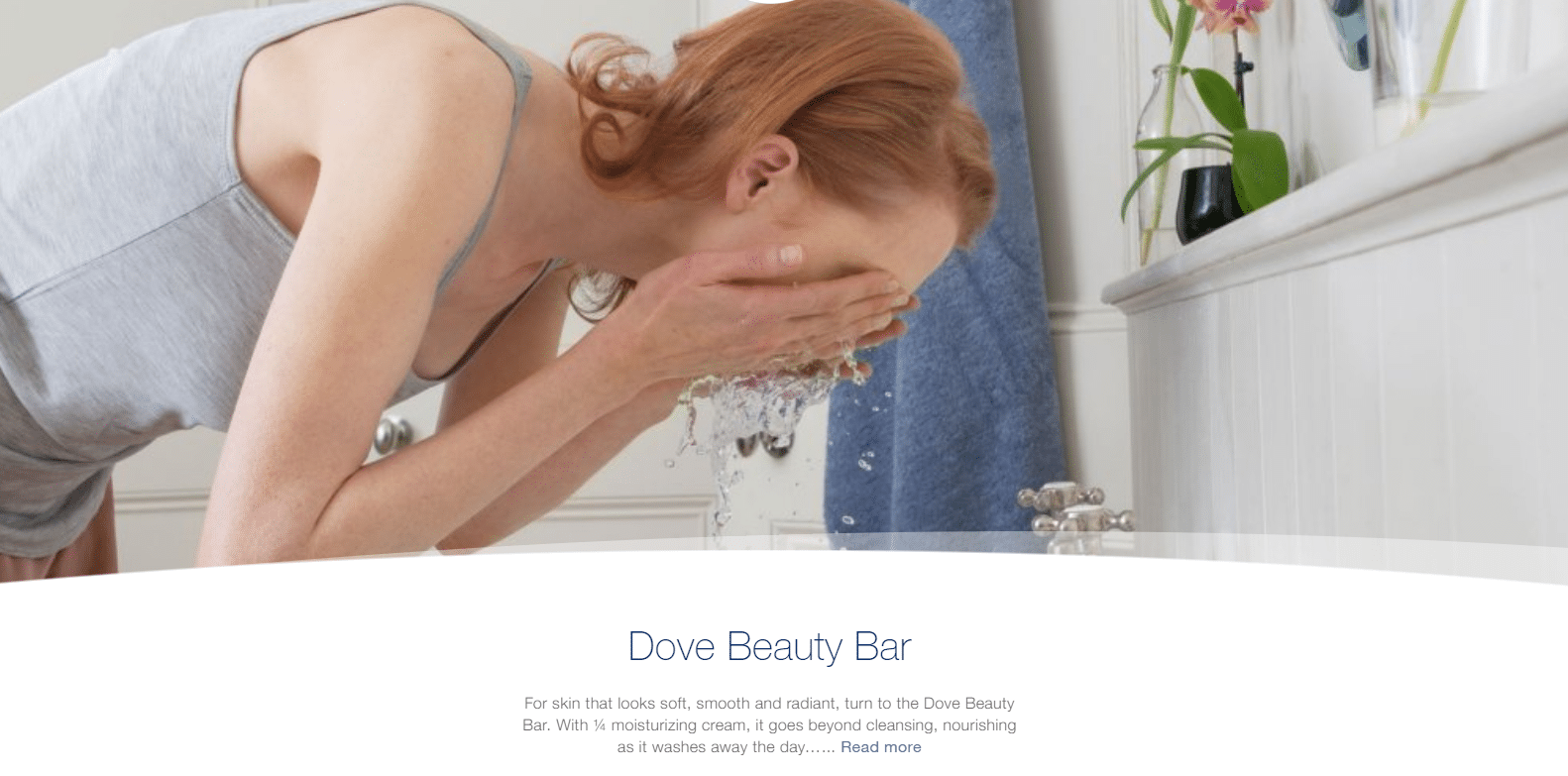


He first thought he should target the bar for men with dirty, working hands.
Instead, he chose to position it for women with dry skin. Dove has now been using this strategy for decades.
Positioning is everything for building a large brand.
Thankfully, you can do just that even when you don’t have a massive marketing budget.
You just need a few hundred dollars and a Facebook Ad account.
Here’s how you can build your brand by split testing ads for positioning.
How you can build a million dollar brand by split testing ads
Step 1. Set up custom and lookalike audiences.
The first step to building your brand with positioning is to split test ads and discover what the best positioning is for your product in the mind of the consumer.
To do this, you need to set up two different forms of audiences.
The first one will be a custom remarketing list based on visitors to your site or social media channels that didn’t convert yet.
This gives you an opportunity to test what positioning can push those customers over the edge toward conversion.
It can tell you what positioning worked to get a final sale and what steered these brand-aware users away from you.
Secondly, you need to create a new lookalike list on Facebook based on an existing customer list.
Lookalike audiences are where Facebook takes your existing customer list and finds customers with similar attributes and demographics that would also likely enjoy your products or services.
Once you have these set up, you can start to split test ads to determine what positioning works to establish your brand favorably in the eyes of consumers.
To get started, you first want to make your custom remarketing list.
Head to the Facebook Business Manager and navigate to the “Audiences” section:



In the “Audiences” section, select the “Custom Audience” option:
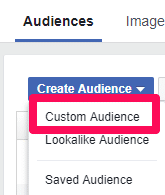


From here you have two different options when setting up this first remarketing list:
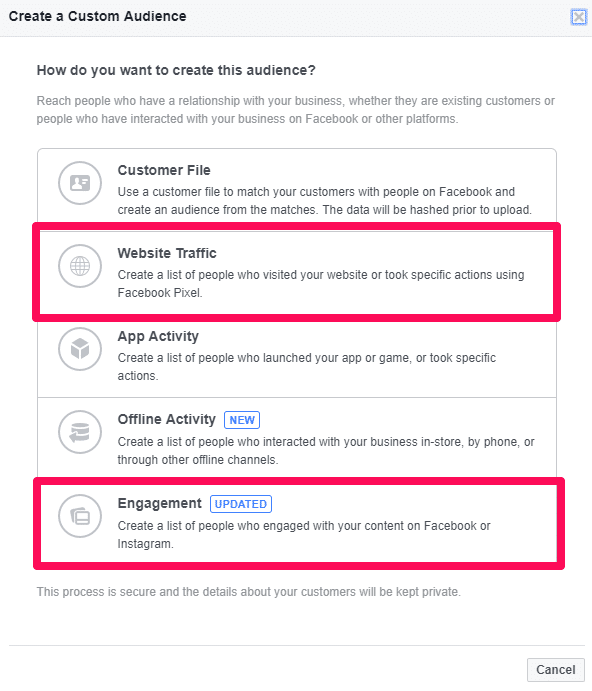


You can choose to target users based on website traffic or based on their engagement on Facebook and Instagram.
If your business doesn’t have much traction on Instagram or Facebook, you can opt for website visits.
If you have tons of traffic coming to your Facebook page, you can select the engagement objective.
For this example, we will walk you through the website visits selection.
When customizing this audience, be sure to first select all website visitors in the last 60 days.
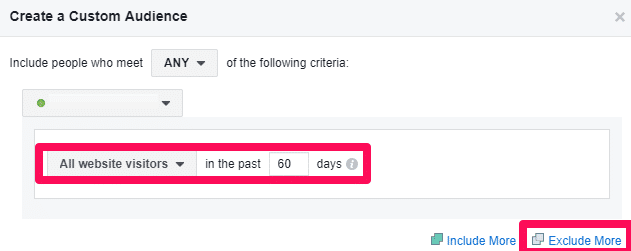


Next, hit “Exclude More” to refine this basic custom audience. Now exclude specific website visitors who have visited your conversion page.
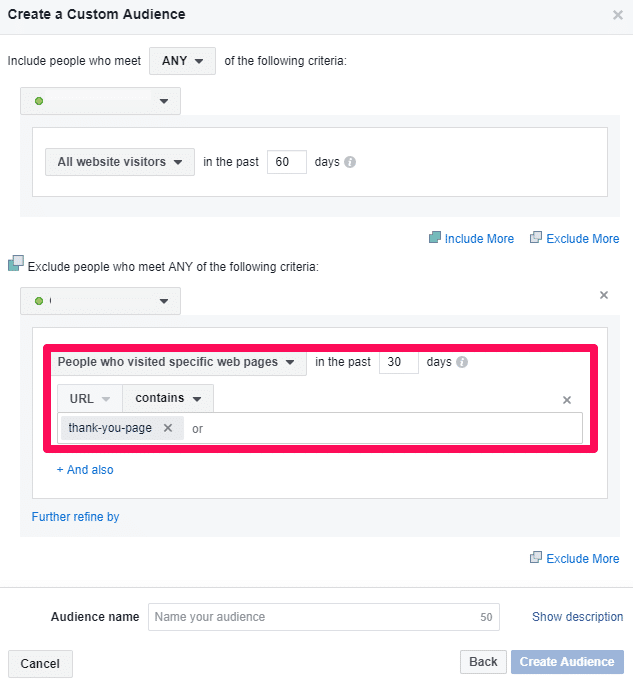


For example, typical sales pages online will direct someone to a thank you page after they convert or purchase.
If you have one set up, use it to exclude visitors who have converted on your site before.
This is critical for the test, as it will help you determine what positioning elicits a conversion action from a user who has never converted before.
Next, be sure to name your audience so that you can recognize it when creating ads later.
Try naming it “Remarketing Audience Positioning,” and then hit “Create Audience.”



Next, from the Audiences section, it’s time to create another audience.
Select the “Lookalike Audience” option to create a new lookalike audience based on a customer list or even an existing Facebook audience:
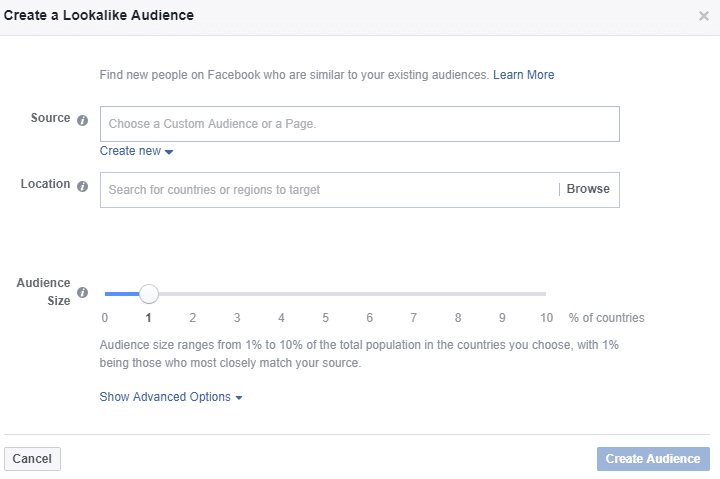


Select the source section and hit “Create new:”



From here, select the custom file option to upload a list of your current customers:



This will allow Facebook to match your existing customers to new targets on Facebook that are highly likely to purchase from you.
You can upload this list directly from MailChimp, or simply copy and paste the data:
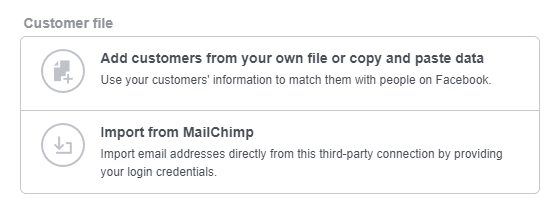


Once you’ve done this, you need to select your audience size and location.
For the location, select the country or region that your business focuses most heavily on.
For the audience size, be sure to select 1%, as a smaller, more targeted audience is going to produce more reliable results when testing your positioning:
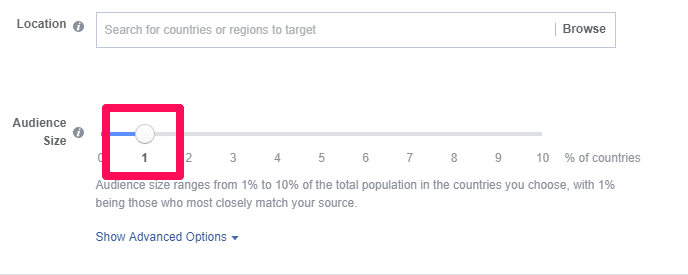


1% lookalike audiences are the best of the best. AdEspresso recently ran a test of lookalike audience sizes and found much cheaper conversions:
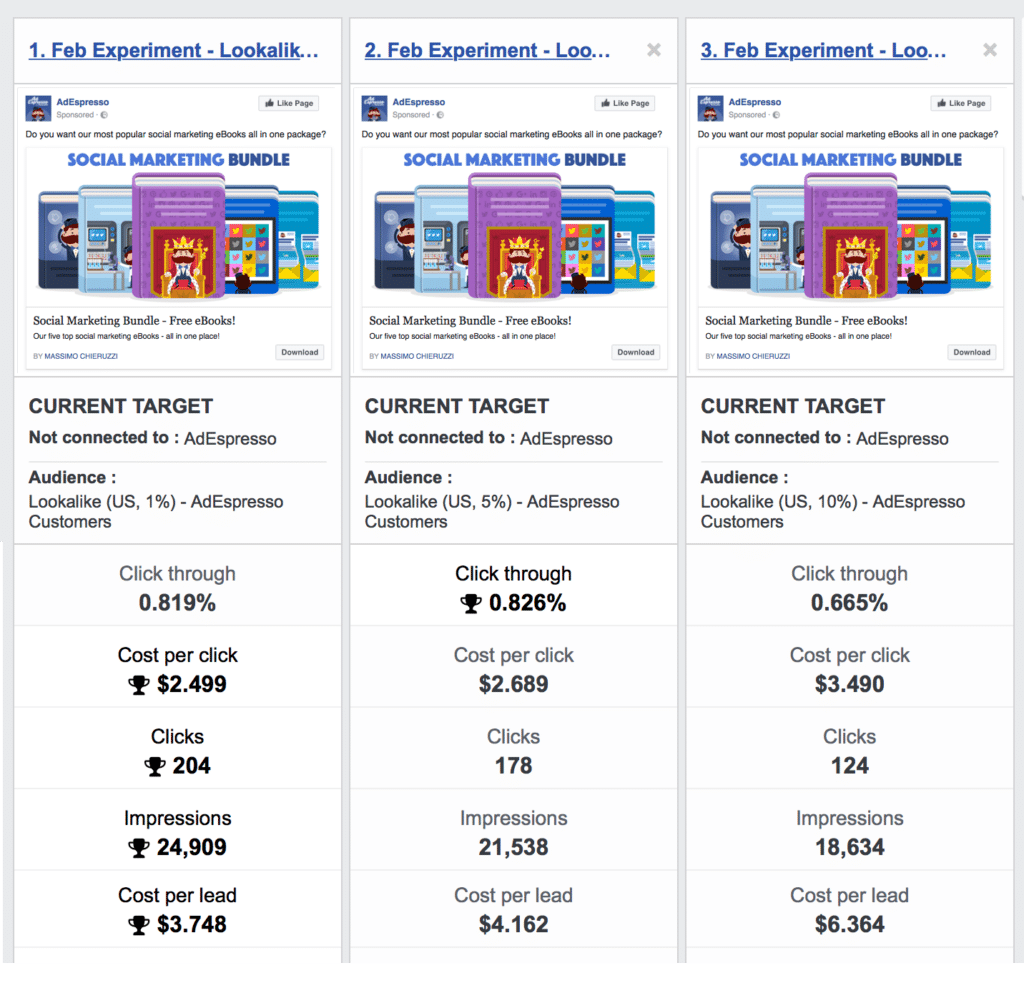


They got a cheaper cost per click, more clicks, more impressions, and a cheaper cost per lead.
Once you’ve set up your two audiences, it’s time to craft compelling copy that expresses multiple ways to position your product.
Step 2. Develop multiple positions to test.
Finding out your North Star Metric, or your positioning, takes trial and error.
On top of that, it takes powerful copywriting skills that evoke feelings of desire, need, and want.
You have to convince a consumer in just a few words why they should buy your product.
And remember that creating a position in the consumer’s mind involves testing your end value.
What end benefits does the consumer get when buying your product or service?
That’s your positioning.
Does it relieve their stress or free up their day or help them experience a city like a local?
All of this comes down to one thing:
Being able to write better copy that brands your company and drives conversions.
The key in this step is to figure out how to communicate benefits instead of features and help the user perceive your product as a problem solver.
All products solve a problem. For example, someone uses Airbnb to solve the problem of not finding a local experience for travel.
You need to communicate this sentiment to appeal to consumers and build your brand.
When it comes to positioning, benefits are the focus.
As humans, we are biologically programmed to solve problems. To fulfill needs.
Let me give you an example of a benefit rather than a product or feature.
Take a look at this Ford Mustang Ad:
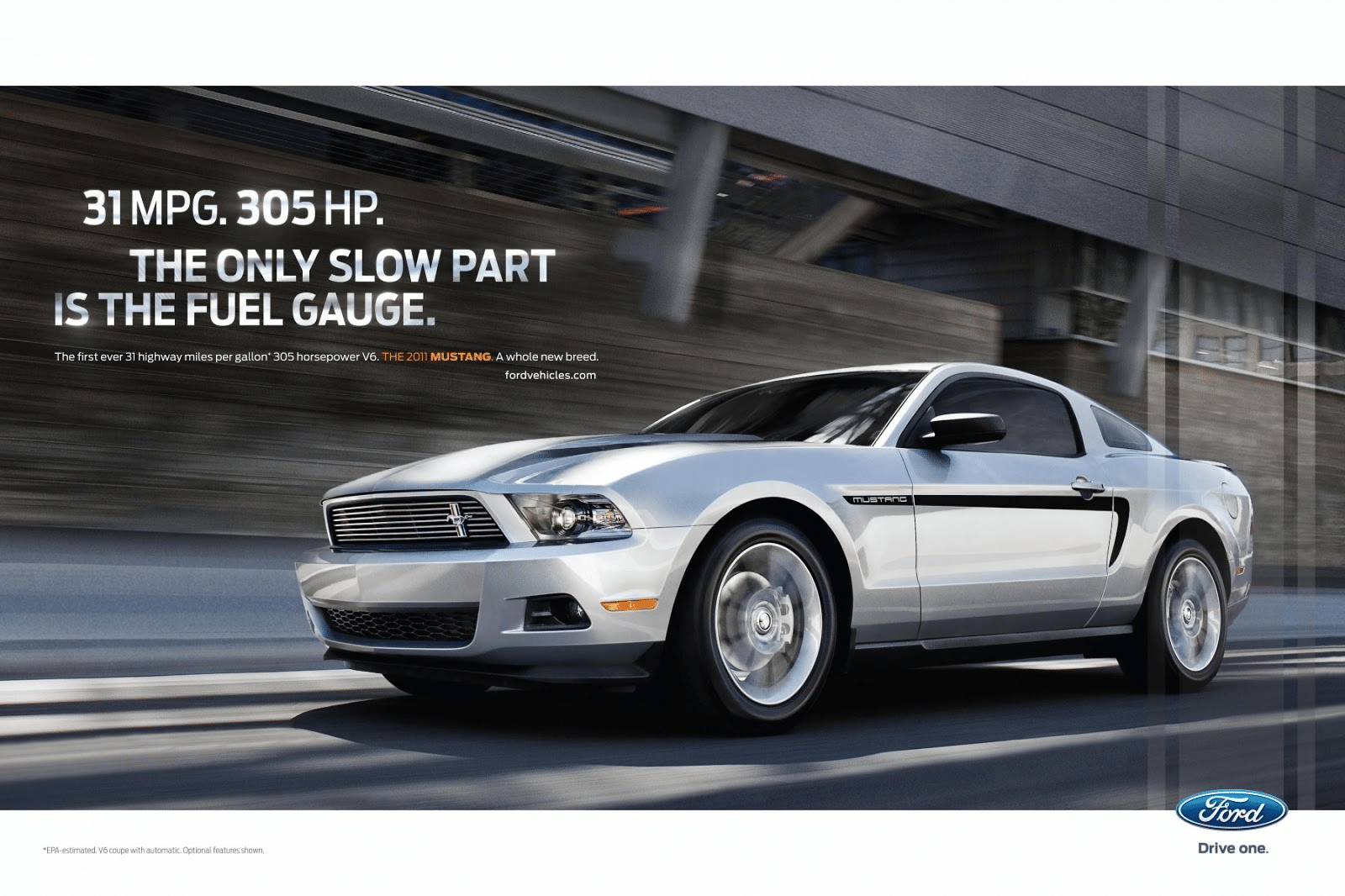


They use a mix of features and benefits to make this product appeal to consumers.
Can you spot the feature and the benefit?
The feature: 31MPG and 305HP.
The benefit: The only slow part is the fuel gauge.
Essentially, its features are fast performance and good mileage, and the benefit is filling up your gas tank less and spending less money on gas.
According to Ca$hvertising, features are attributes, and benefits are what you get from those attributes.



Benefits are the real ways that you entice someone to buy.
People reading your ads are constantly asking themselves this fundamental question:
What’s in it for me?
To develop multiple positions to test with ads, it’s critical that you focus on benefits.
To extrapolate your positioning, start by listing out the features your product has.
Feature 1: Thin case for better looks.
Feature 2: Made with a strong rubber material.
Once you’ve listed your main features, it’s time to uncover the real benefits of each feature.
Benefit 1: Show off your phone’s looks even with a case.
Benefit 2: Protect your case from drops and save money.
These benefits combined will help you form your ideal target position in the mind of the consumer.
For example, with these two benefits, you could position this company as follows:
Peel case allows you to show off your phone’s good looks and protect it from drops, saving you money.
Instead of touting features, this tagline is explaining the end value that consumers get when they purchase.
Step 3. Split test your ad headline/tagline.
Now that you’ve developed a few different positions that you want to explore to sell your product, it’s time to split test them on Facebook.
This is the exact strategy that Need/Want used to find their positioning success and become a $2.5 million brand.
They developed multiple positions and tested them against the same audiences to see which one generated the best engagement and returns.
Since you’ve got multiple audiences, you want to start by creating ads to the first remarketing audience that you made.
After that, you will do the same process for your second audience to see how positioning affects users at each stage of the buyer’s cycle.
Remember: When split testing ads for positioning, it is critical to focus on a single change. Split testing doesn’t work when you modify multiple aspects.
Only change the tagline/headline for each ad you create to the same audience. Otherwise, you risk diluting the results with too many variables.
To get started, head to the Ads Manager and create a new Facebook Ad targeted to your first remarketing audience, “Remarketing Audience Positioning:”
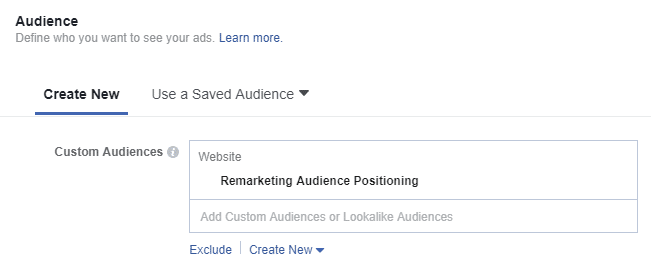


Make sure you select the split testing option as well:



As your split-testing variable, select the “Creative” option:
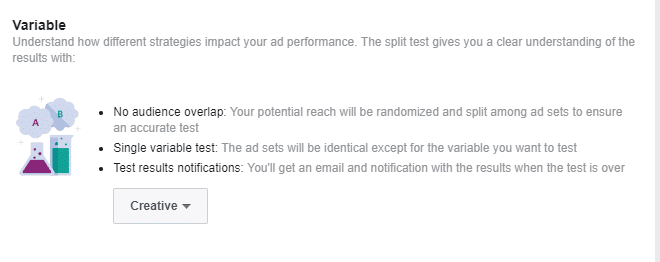


This will allow you to create multiple ads to target the same audience with a 50/50 split test:
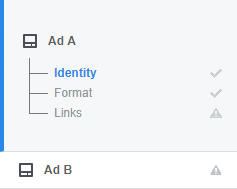


For each ad set, A and B, be sure to use the same exact setup process, only changing the headline to fit your different positions.
Meaning you need the same image, ad style, and format. You only want to change your headline.
This will show you results on how your positioning impacts sales.
Once you’ve done this, you can start running your positioning ads to your remarketing audience.
Repeat this process for your lookalike audience too.
Then, head to the analytics dashboard on Facebook and analyze which split test worked the best.
Analyze key metrics and costs to see which positioning statement resonated most with your audience.
This is critical to finding your best brand representation in the consumer’s mind and growing your brand fast.
Conclusion
Positioning your brand in a specific way is crucial when it comes to building a multi-million dollar business.
Knowing how your products and brand are perceived in the eyes of the consumer can help you sell more than you ever imagined.
Follow the steps outlined in this post and the strategies that Need/Want implemented, and you’ll be on your way to better growth.
What are some of your strategies for positioning? How have you split tested Facebook Ads for growth?
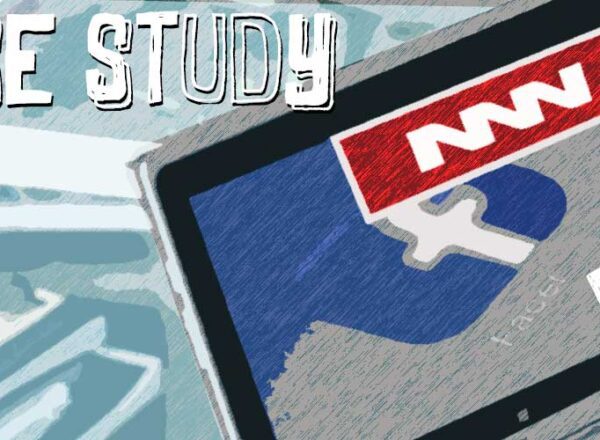
Comments